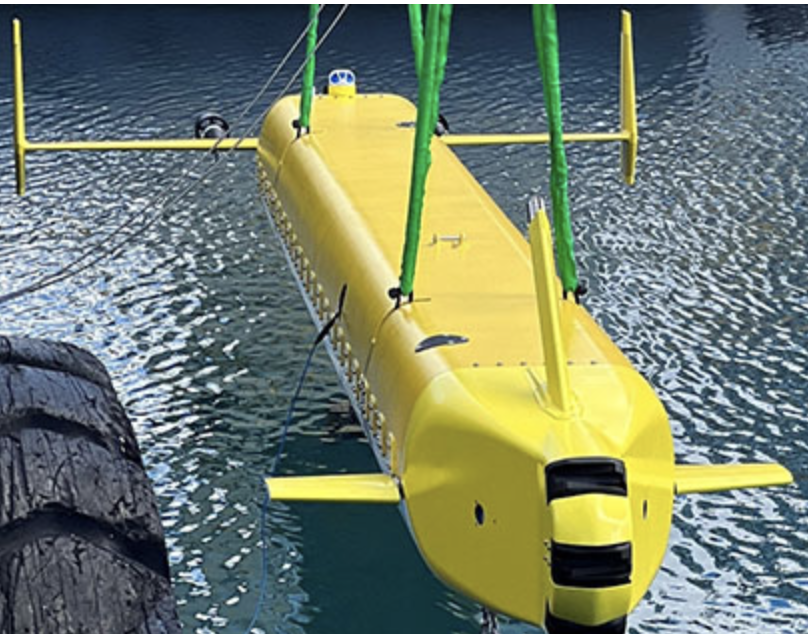(:notitlegroup:)
@inproceedings{jiang2014,
title = {Realistic Cooperative Control Mechanism of Multiple AUVs},
booktitle = {Proceedings of the 33rd Chinese Control Conference},
author = {Dapeng Jiang and Bin He},
pages = {1395-1400},
month = {July},
year = {2014},
keywords = {autonomous underwater vehicles;cooperative systems;distributed
control;multi-robot systems;MOOS;distributed control architecture;distributed
simulation environment;multiple AUV;multiple autonomous underwater
vehicles;realistic cooperative control mechanism;unified information exchange
mechanism;Computer architecture;Mathematical model;Robot
kinematics;Software;Underwater vehicles;Vehicles;Behavior-based
Control;Cooperative Control;MOOS-IvP;Multiple Autonomous Underwater Vehicles},
abstract = {Autonomous Underwater Vehicle (AUV) has turned to be an effective mean for
scientific, industrial and naval applications. The focus of research of AUV is
gradually moving towards multiple autonomous underwater vehicles (MAUV) in
recent years. This paper describes an investigation into cooperative control
of MAUV. Firstly, a distributed control architecture (MOOS) was applied to
MAUV system. According to MOOS, functionalities of AUV were organized in a
modular manner and a unified information exchange mechanism was used to ensure
an efficient communication between different modules. Secondly, a behavior
based control strategy was proposed to enable the AUV to cooperate with each
other intelligently and adaptively. Interval programming algorithm was applied
to make sure that behaviors of each AUV can be coordinated in a timely and
optimal manner. Stability of behavior-based control of AUV was analyzed.
Finally, a distributed simulation environment was established and a series of
simulation were carried out to verify the feasibility of methods mentioned
above.}}
